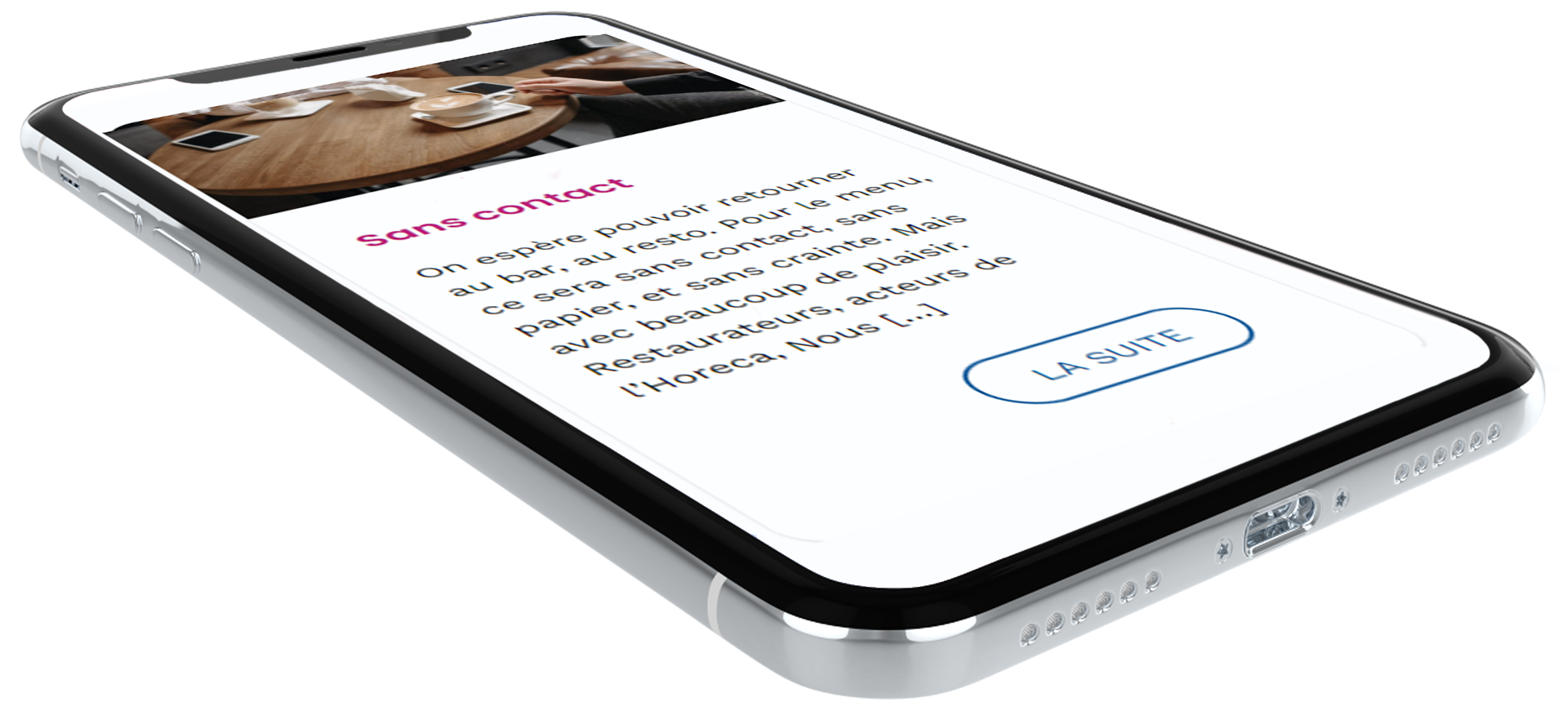Biodegradable PVC, reality versus the myth of Bio-PVC
In the age of digitalization, Near Field Communication (NFC) cards have become an essential tool for access management, contactless payments and much more. However, with the rise of environmental awareness, more and more companies are looking to produce biodegradable PVC NFC cards to reduce their ecological footprint. But what is it really?
In this article, we’ll dive into the reality of biodegradable PVC NFC cards and clear up the fakenews surrounding them.
Understanding Biodegradable PVC
PVC (polyvinyl chloride) is a plastic material widely used for manufacturing NFC cards due to its durability and strength. However, its slow decomposition and environmental impact have raised concerns due to its resistance to decomposition. This is where the concept of biodegradable PVC comes into play.
Bio PVC is above all a Chinese registered trademark, therefore, nothing to do with real biodegradability of PVC. The same goes for BioPas which is a registered trademark.
The Reality of Biodegradable PVC NFC Cards
1. Very limited or non-existent biodegradability.
Although the term “biodegradable” may sound promising, it is essential to understand that the biodegradability of PVC NFC cards is particularly limited. These cards require specific conditions, such as industrial composting facilities, to eventually decompose. In landfills, where these conditions are not met, Bio-PVC can persist for many years, potentially generating waste.
In normal environments, they can persist for many years, raising questions about their actual impact on the environment.
Basically, PVC is NEVER biodegradable!
The (mainly Chinese) industry has used a subterfuge to make PVC hypothetically biodegradable, but as noted above, the conditions are such that in practice it is therefore not biodegradable.
The environmental problem with PVC in landfills does not lie in the speed with which it degrades, quite the contrary and simply in the fact that it degrades and releases phthalates which are the problem.
“Oxo-additives” are designed to accelerate the natural oxidation of polyolefins, causing early fragmentation and fragmentation of plastic products into microplastics.
So the effect of these additives (if any) is simply to accelerate the conversion of macroplastics to microplastics, not solving the global plastic pollution problem but making it worse.
These oxo-additives are also banned in many European countries and the list of countries prohibiting the use of these products continues to grow.
In the USA, already in 2013, there were the first alerts about these oxo-additives for marketing purposes.
We can provide you with NFC tags that are truly biodegradable because they are printed directly on paper. See our article about the manufacturing of NFC tags.
It is essential to note that the term “biodegradable” can be used misleadingly to promote products that are not as environmentally friendly as they appear. For this reason, it is important to always check the environmental standards and certifications associated with biodegradable PVC products and understand the conditions required for their effective decomposition.
2. The Question of Recycling
When Bio-PVC is mixed with conventional PVC in applications, recycling becomes problematic. The coexistence of these two types of PVC can compromise the quality of the recycled material. This raises questions about the viability of Bio-PVC as an environmentally friendly alternative.
Unlike NFC tags which are printed on paper and can be mixed with regular paper and recycled together. For Bio PVC, this is NEVER the case.
Bio-PVC is PVC with 1% magic product supposed to accelerate biodegradability. This supposedly magical product is an oxo-additive. It’s the same for Bio-Pas which adds enzymes to the composition of PVC to make it supposedly biodegradable.
“Oxo-additives” are designed to accelerate the natural oxidation of polyolefins, causing early fragmentation and fragmentation of plastic products into microplastics. So the effect of these additives (if any) is simply to accelerate the conversion of macroplastics to microplastics, not solving the global plastic pollution problem but making it worse.
3. Impact of Production
The production of Bio-PVC can also have an environmental impact. The additives needed to make PVC biodegradable must be manufactured, which can result in a significant environmental footprint.
Conversely, our biodegradable NFC labels are printed directly on paper with electrically conducting ink, which makes them perfectly biodegradable. Their recycling is not a problem.
Conclusion
In conclusion, bio-PVC is far from being a miracle solution. Although it can offer a certain biodegradability under very specific conditions, it should not be considered as a real indisputable ecological option. The industry must continue to seek more sustainable alternatives to PVC, such as natural materials and truly biodegradable plastics.
When it comes to making informed decisions about the environment, it’s essential to dig beyond the catchy terms and claims. Bio-PVC may have its place in some applications, but it does not completely solve the problems associated with plastic. A more holistic approach to sustainability, incorporating reducing plastic consumption and promoting truly eco-friendly materials, is needed to preserve our planet.
Moreover, on this subject, you will not find a Bio-PVC NFC tag in our range. We are not participating in this deception.
For more environmentally friendly solutions, it may be best to explore alternatives like truly biodegradable or recyclable materials.
We prefer biodegradable and recyclable NFC tags printed on paper. Discover our range of biodegradable tags in our e-shop

